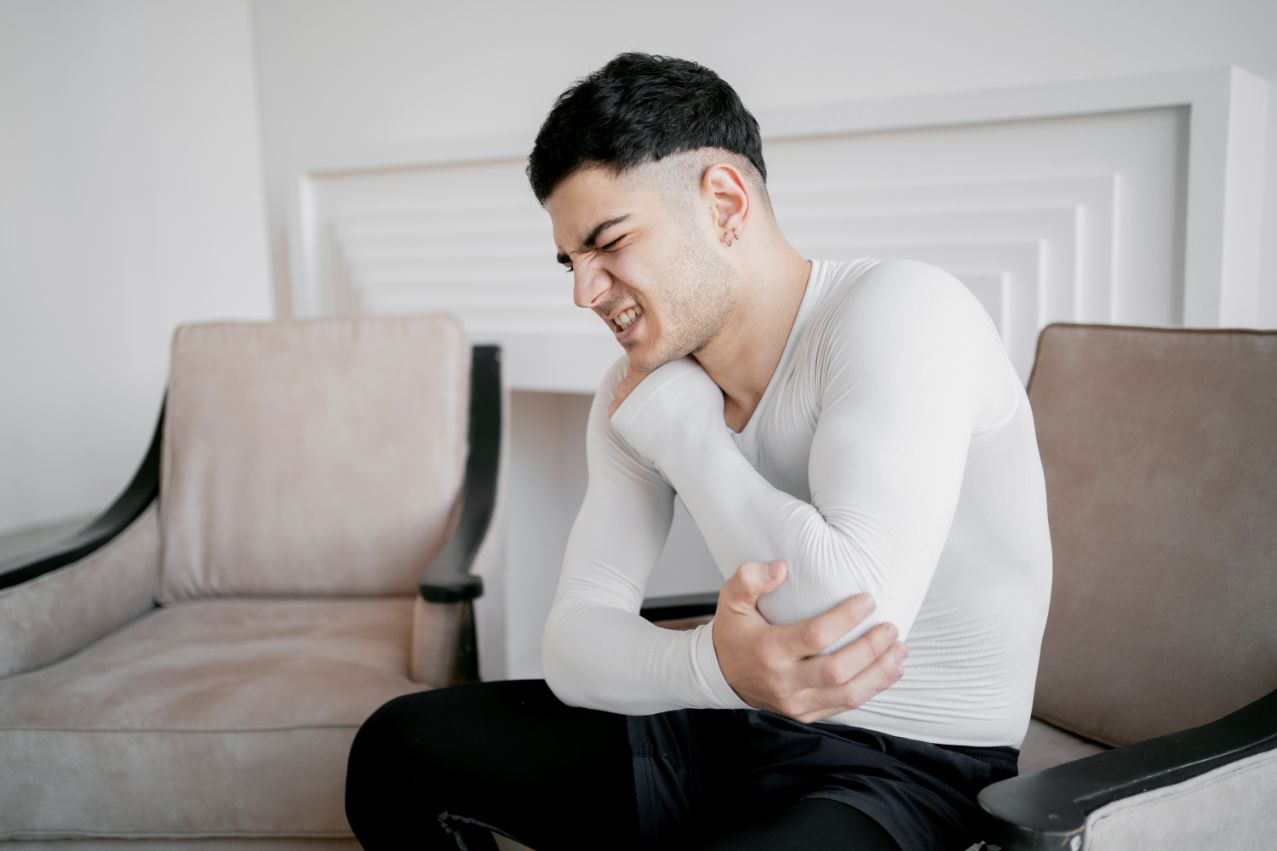There is no one-size-fits-all treatment for joint pain. Several types of medications and lifestyle changes can help, though, and they typically have few side effects. The key is to find what works for you, and then stick with it. It may take some trial and error to find what helps but it is worth the effort.
Nondrug treatments are often the first step, and they can be very effective. They also have the advantage of being safe and inexpensive. Here are some of the most popular treatments:
Acetaminophen (Tylenol) is an over-the-counter pain reliever that can ease mild to moderate osteoarthritis pain. At higher prescription doses some NSAIDs such as ibuprofen (Advil, Motrin IB) and naproxen sodium (Aleve) can also reduce pain and swelling.
Acupuncture, when a trained acupuncturist inserts hair-thin needles into precise points on your body, can ease pain for some people. Deep breathing, meditation and other relaxation techniques can help you de-stress, which may in turn lessen your discomfort.
Physical therapy can help improve your range of motion, decrease stiffness, and strengthen the muscles around the affected joint. Talk to your joint pain doctors about a program that’s right for you.
Weight loss can ease rheumatic pain by taking stress off of your joints. For every pound you lose, your joints get four pounds less pressure, according to the Arthritis Foundation.
Exercise can help you maintain your muscle strength, flexibility and balance, all of which are important for keeping your joints healthy. But be careful not to overdo it, as overuse can increase your joint pain and stiffness.
Diet is another way to help rheumatic pain. A diet rich in whole foods, including fish, nuts, beans, and cruciferous vegetables, can ease inflammation. A diet low in saturated fat and sugar can also aid rheumatic pain. Eating too many processed foods, on the other hand, can cause a variety of health problems, and should be avoided.
Other treatments include:
Corticosteroid injections, which contain powerful anti-inflammatory drugs similar to those naturally produced by the body, can quickly relieve pain and swelling. Hyaluronic acid injections, given in a series, can relieve pain from osteoarthritis by increasing the viscosity of joint fluid.
Some devices, such as braces and splints, can ease joint pain by shifting the weight of an arthritic joint, easing pressure on a painful area or relieving swelling by compression. A physical or occupational therapist can help you choose and use the right device, and ensure that it’s properly fitted.
